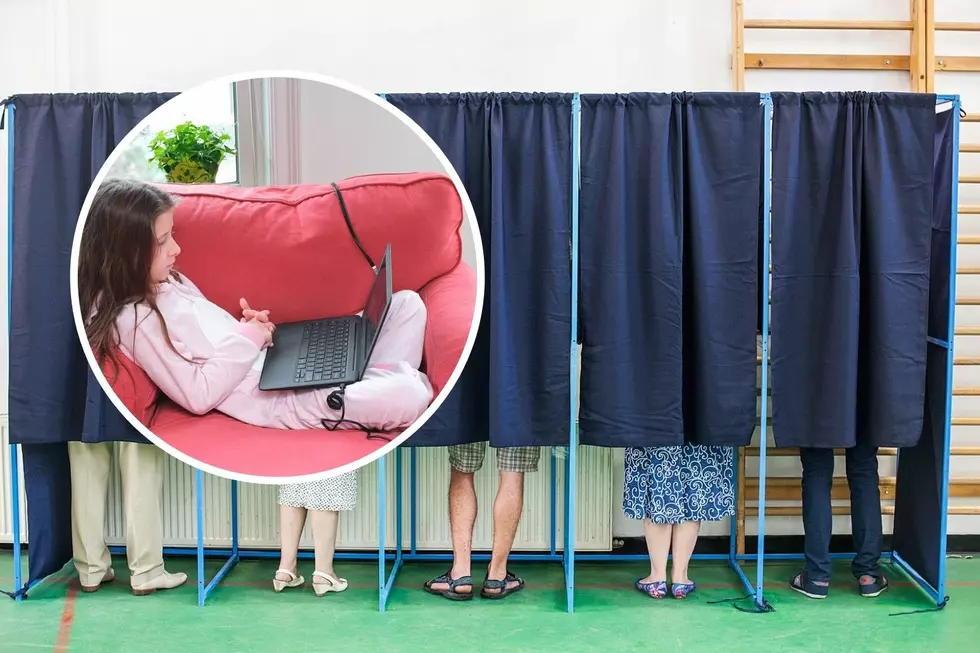
Race Matters for NJ Kids, Report Says
When it comes to New Jersey children, certain racial and ethnic groups face considerably more obstacles on the path to achieving lifelong success. That's according to findings from a new Kids Count policy report from the Annie E. Casey Foundation entitled "Race for Results: Building a Path to Opportunity for All Children."
Children of color are expected to represent the majority of kids in the United States by 2018. The report finds serious concerns that African-American, Latino, Native American and some Asian-American groups face barriers to success and it calls for a multi-sector approach to finding solutions.
“This first-time index shows that many in our next generation, especially kids of color, are off track in many issue areas and in nearly every region of the country,” Patrick McCarthy, president and CEO of the Casey Foundation, said in a press release Tuesday. “Race for Results is a call to action that requires serious and sustained attention from the private, nonprofit, philanthropic and government sectors to create equitable opportunities for children of color, who will play an increasingly large role in our nation’s well-being and prosperity.”
The index is based on 12 measures of a child's success for each stage of life, from birth to adulthood, in the areas of early childhood, education and early work, family support and neighborhood context. New Jersey scored higher than the national averages across all racial and ethnic groups, but the data found deep disparities in the state based on race or ethnicity.
For example, nearly 70 percent of non-Hispanic Asian fourth graders and 53 percent of white students read proficiently in 2013. That compares to just 21 percent of Latino children and 22 percent of black children. Child poverty was also more prevalent among black and Hispanic children from 2010 to 2012.
On the other hand, the report found that 76 percent of black children were most likely to be enrolled in nursery school or preschool compared to 74 percent of white children, 72 percent of Asian children and 67 percent of Hispanic children.
"These are sobering statistics,” Cecilia Zalkind, executive director of Advocates for Children of New Jersey, said in a press release Tuesday. “It is critical that our state, county and city leaders formulate responses that will give all children the chance to grow up safe, healthy and educated. Not only is this good for children and families, it is good for our communities and the state as a whole.”
The report also made recommendations to help ensure that all children reach their full potential. They include:
- Gather and analyze additional racial and ethnic data to inform polices and decision making;
- Utilize data and impact assessment tools to target investments to yield the greatest impact for children of color;
- Develop and implement promising and proven programs and practices focused on improving outcomes for children and youth of color; and
- Integrate strategies that explicitly connect vulnerable groups to new jobs and opportunities in economic and workforce development.
For more information and to view the full report, visit www.aecf.org.
More From New Jersey 101.5 FM









